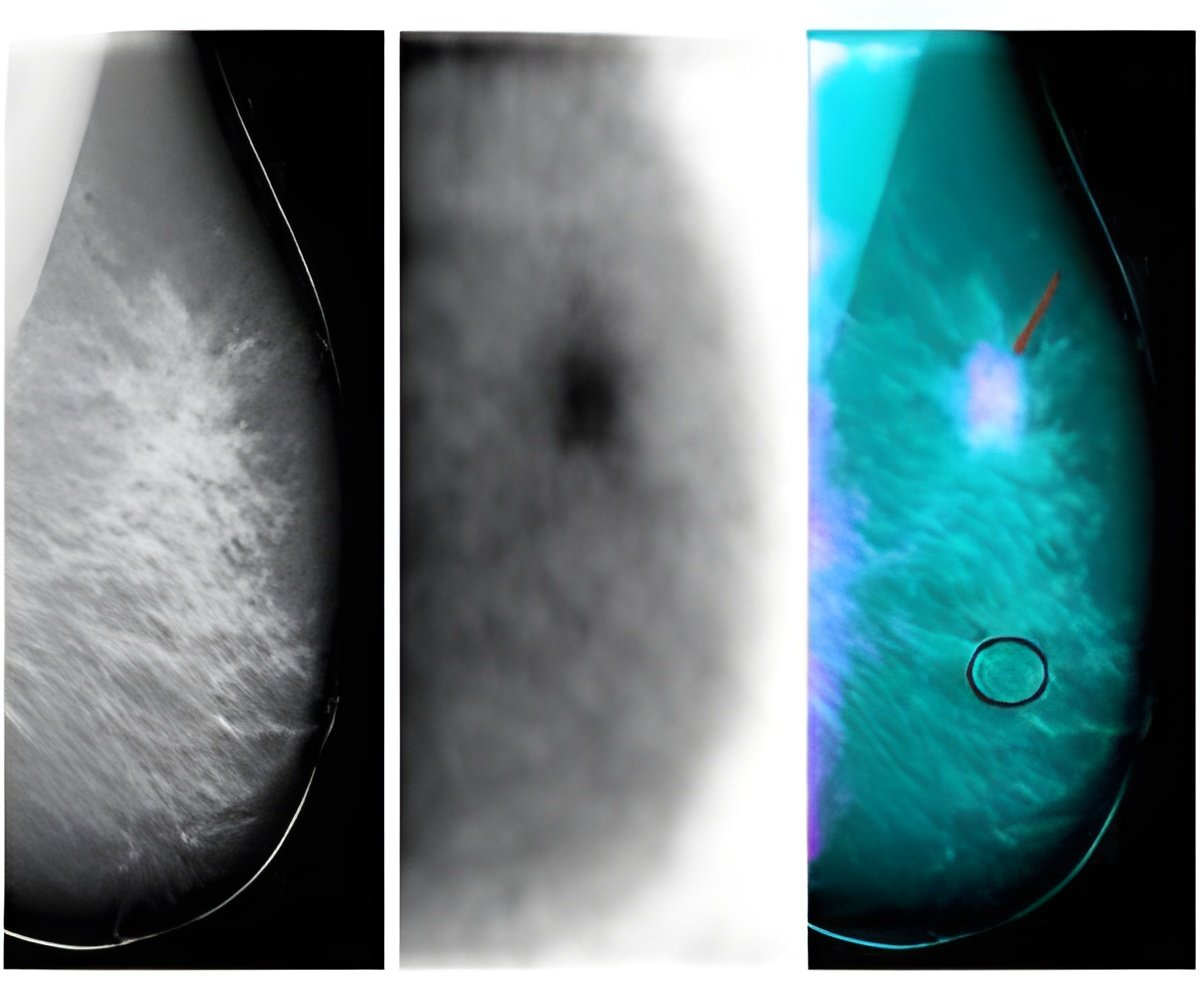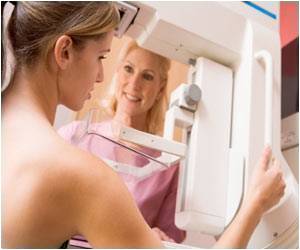The medical practitioners should educate the low-income African-American women about the importance of mammography screening, finds study.

Young said, however, that interventions to increase mammography utilization often focus on structural barriers, which include lack of health insurance or lack of medical care facilities in low-income areas. Removing those barriers is difficult, she said, because it requires systemic change.
The study brings good news, however, by showing that medical care providers are capable of removing some clinical and personal barriers. Young said the WSU study also could serve as a springboard for future analyses of particular barrier combinations to determine which ones predict whether women will undergo mammograms.
One clinical barrier is that fewer board-certified physicians work in lower-income areas. Providers in those areas often are less informed about preventive care or less likely to adhere to cancer screening recommendations. Additionally, time constraints may limit patient education efforts, leading to inadequate recommendations for screening, and physician-patient interaction may be culturally or educationally inappropriate for lower-income or minority populations.
To help break down those barriers, along with personal barriers such as patients' fear, or their lack of trust or knowledge, Young said clinicians could be more proactive in communicating with patients to build trust. They also can offer more culturally appropriate health education that includes general information about disease risk and the importance of breast cancer screening, as well as more education about patients' personal breast cancer risk, such as genetic information and specific family history risk.
Clinicians also can make referrals specifically for mammograms, Young said, as African-Americans often expect them to initiate such conversations.
Advertisement
Part of what may be hindering such interaction now, Young said, is that practitioners in facilities serving low-income people may be under too much pressure simply to see patients.
Advertisement
Still, more proactive practitioners can make a real difference. "African-American women are more likely to have a basal-like subtype of breast cancer that is harder to treat and should be detected early," said Young. "Health providers have an excellent opportunity to reduce mortality by emphasizing the importance of screening."
Source-Eurekalert















